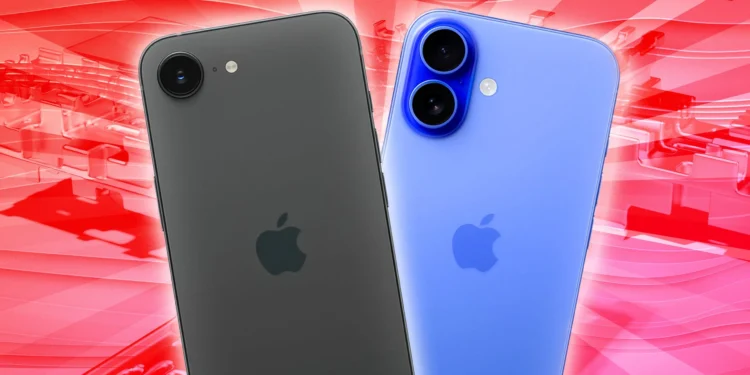In the dynamic realm of smartphones, where technology and aesthetics often collide, Apple continues to lead with innovations designed to cater to various consumer needs and preferences. The recent unveiling of the iPhone 16 series has once again set the stage for a classic debate: the choice between the standard iPhone 16 and its somewhat simpler counterpart, the iPhone 16e. This discussion transcends mere price comparisons, touching on aspects like camera capabilities, display technology, and connectivity nuances that could influence your decision.
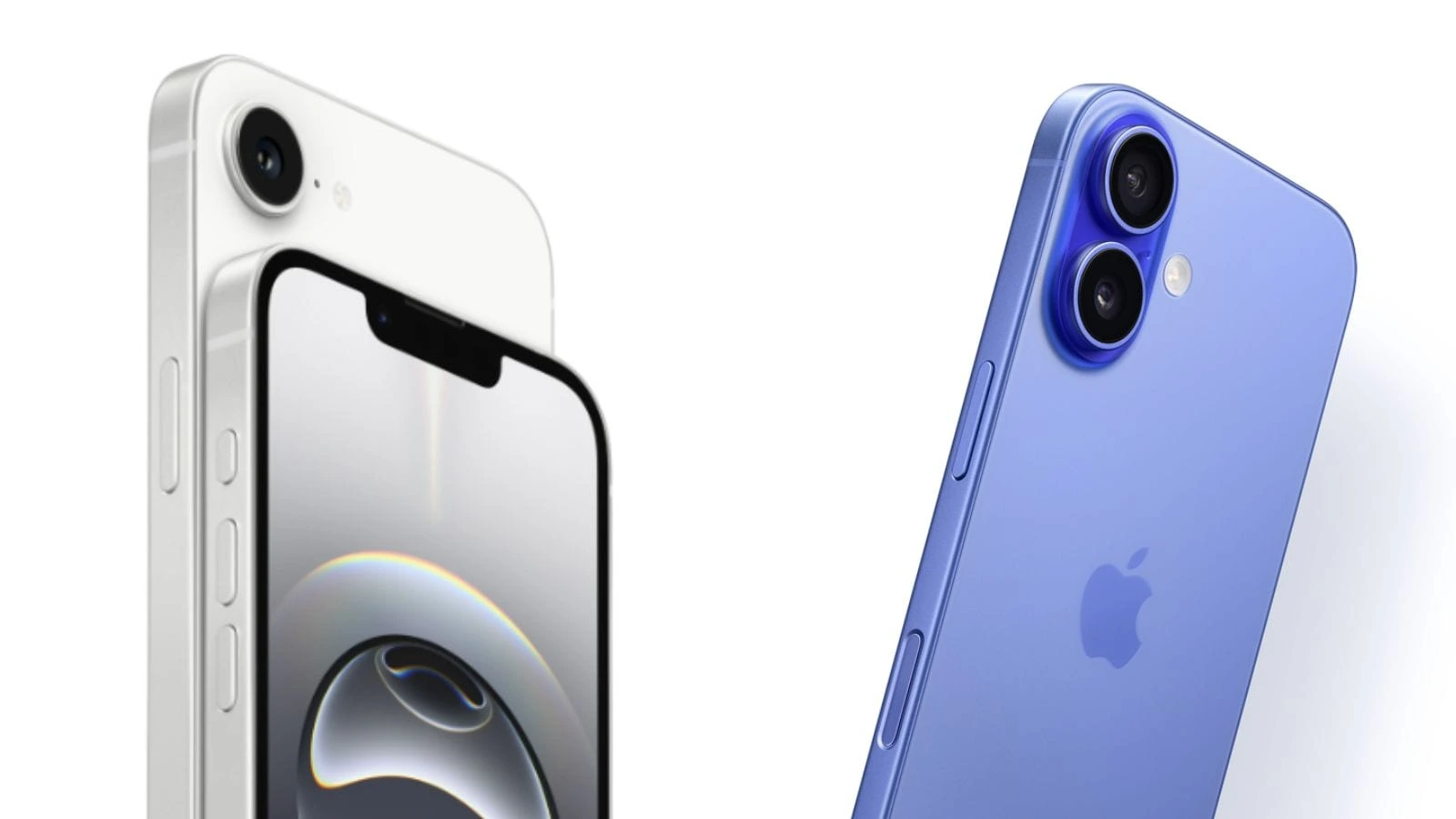
Design and Display: A Tale of Subtle Differences
At first glance, the iPhone 16 and iPhone 16e present a striking resemblance in design, sharing similar dimensions and the sleek, modern aesthetic characteristic of Apple products. However, a closer look reveals key differences that might sway your preference. The iPhone 16e retains the traditional display notch introduced with the iPhone X, a design choice that may appeal to traditionalists or those less concerned with having the latest screen features. In contrast, the iPhone 16 features Apple’s innovative Dynamic Island, an interactive area that enhances app notifications and system alerts, providing a cleaner and more engaging user interface.
Both models boast a 6.1-inch Super Retina XDR OLED display, yet they differ in brightness and robustness. The iPhone 16 shines brighter with up to 1,600 nits peak HDR brightness compared to the iPhone 16e’s 1,200 nits. Furthermore, the iPhone 16 uses the latest generation of Apple’s Ceramic Shield, claiming a 50% increase in drop performance over the iPhone 16e’s first-generation shield.
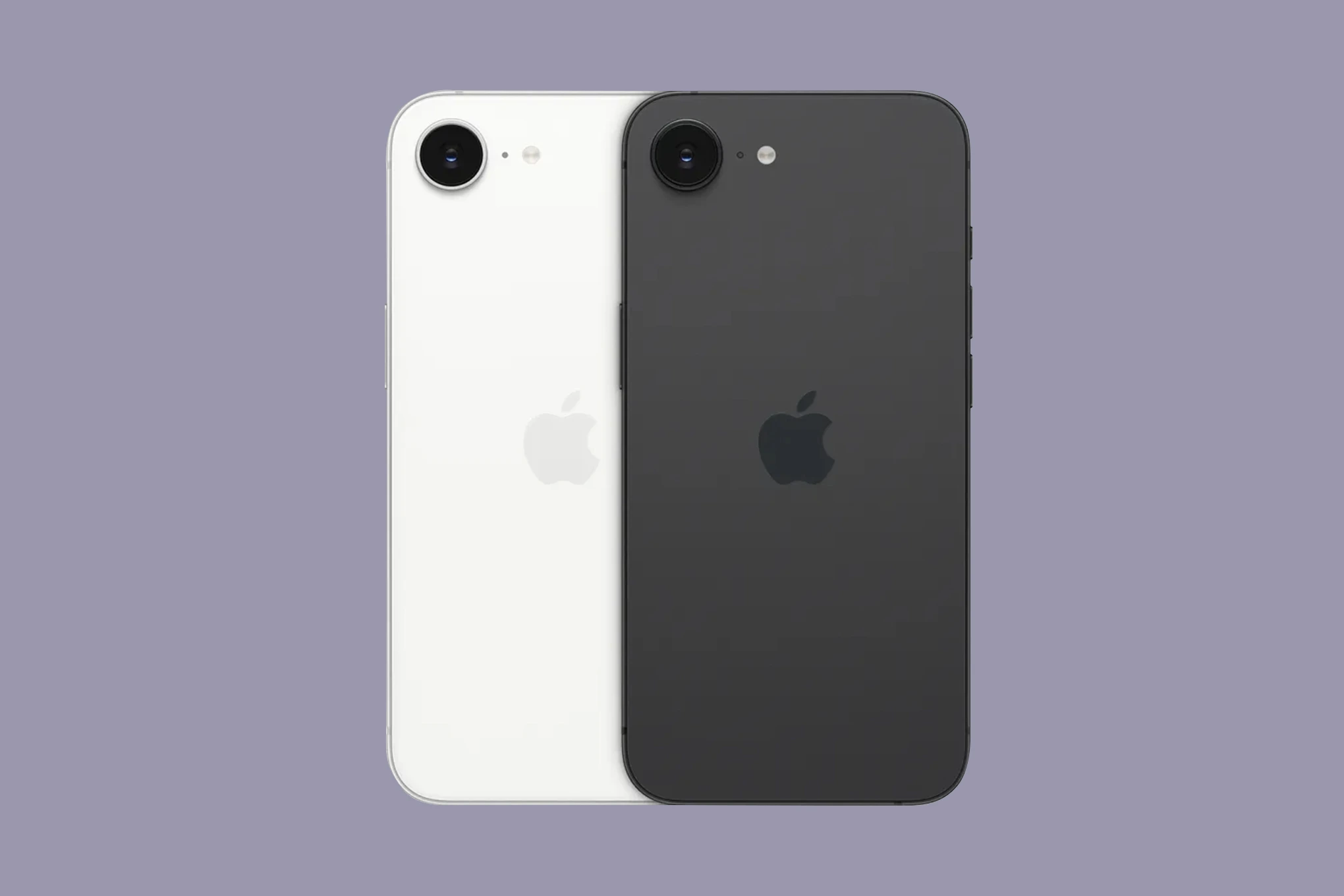
Camera Systems: More Than Just Megapixels
Photography enthusiasts will find the camera capabilities a decisive factor. The iPhone 16 is equipped with a dual-camera system, featuring a 48MP main camera and a 12MP ultrawide camera, perfect for capturing broader landscapes or dramatic architectural shots. The ultrawide camera, absent in the iPhone 16e, extends its versatility, especially in portrait and macro photography.
The iPhone 16e, while lacking the ultrawide option, does not skimp on quality. It houses a single 48MP main camera that offers high-resolution photos and 4K video recording, similar to its counterpart. However, it lacks the advanced photographic features like Apple’s new generation Photographic Styles and Cinematic mode, which might be a drawback for more serious photographers or videographers.
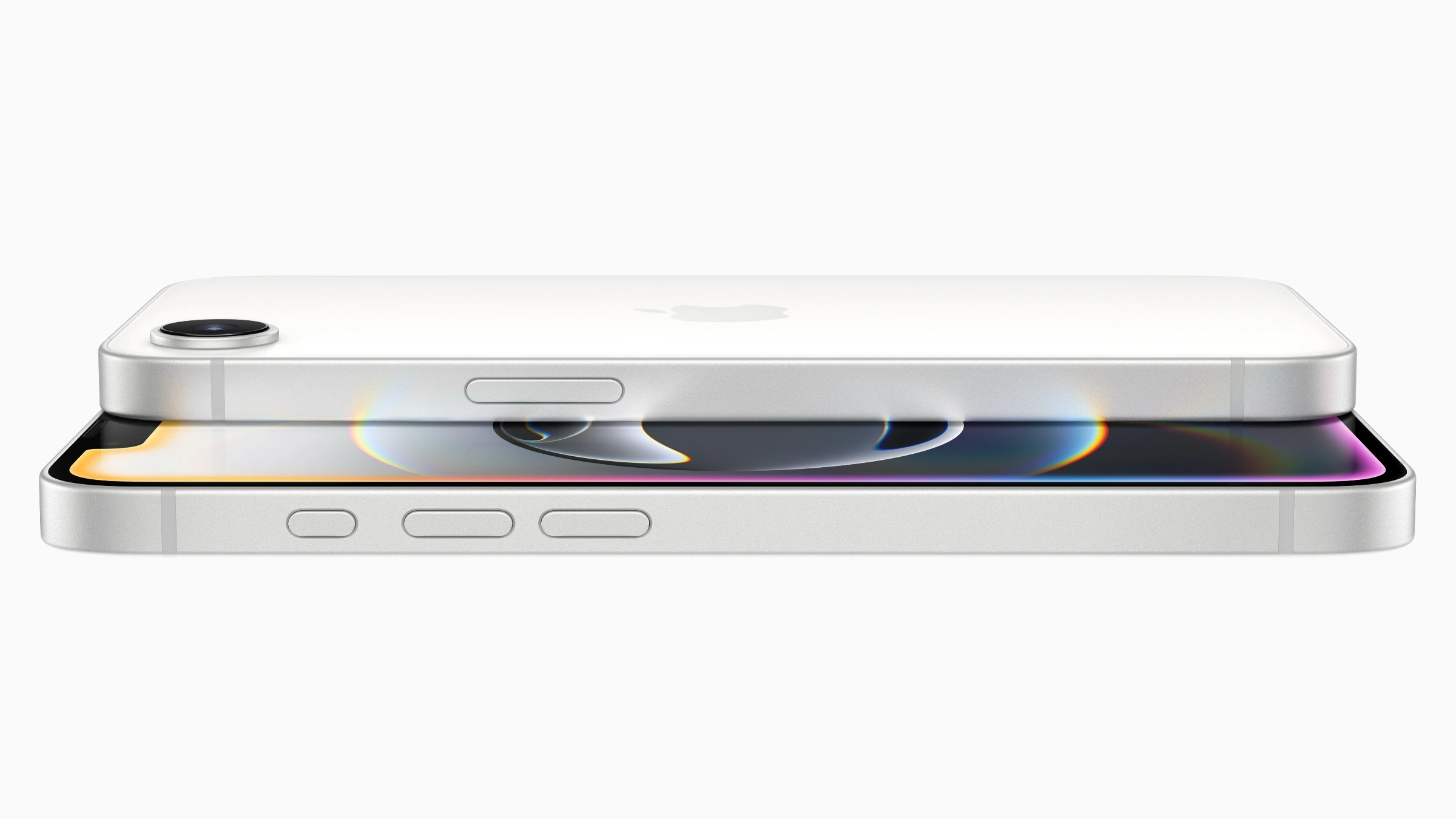
Performance and Battery Life: Power in Efficiency
Under the hood, both iPhones are powered by Apple’s A18 processor, but the iPhone 16’s version is slightly more robust with a five-core GPU compared to the four-core GPU in the iPhone 16e. This could influence the decision of gamers or professional users who demand top-tier graphics and smoother multitasking capabilities.
Despite these differences, both devices promise impressive battery life. Apple suggests that the iPhone 16e might even surpass the iPhone 16 in this regard, although real-world tests are pending to verify these claims. Both models support USB-C charging, with the iPhone 16 also offering faster wireless charging via MagSafe, an option missing on the iPhone 16e.
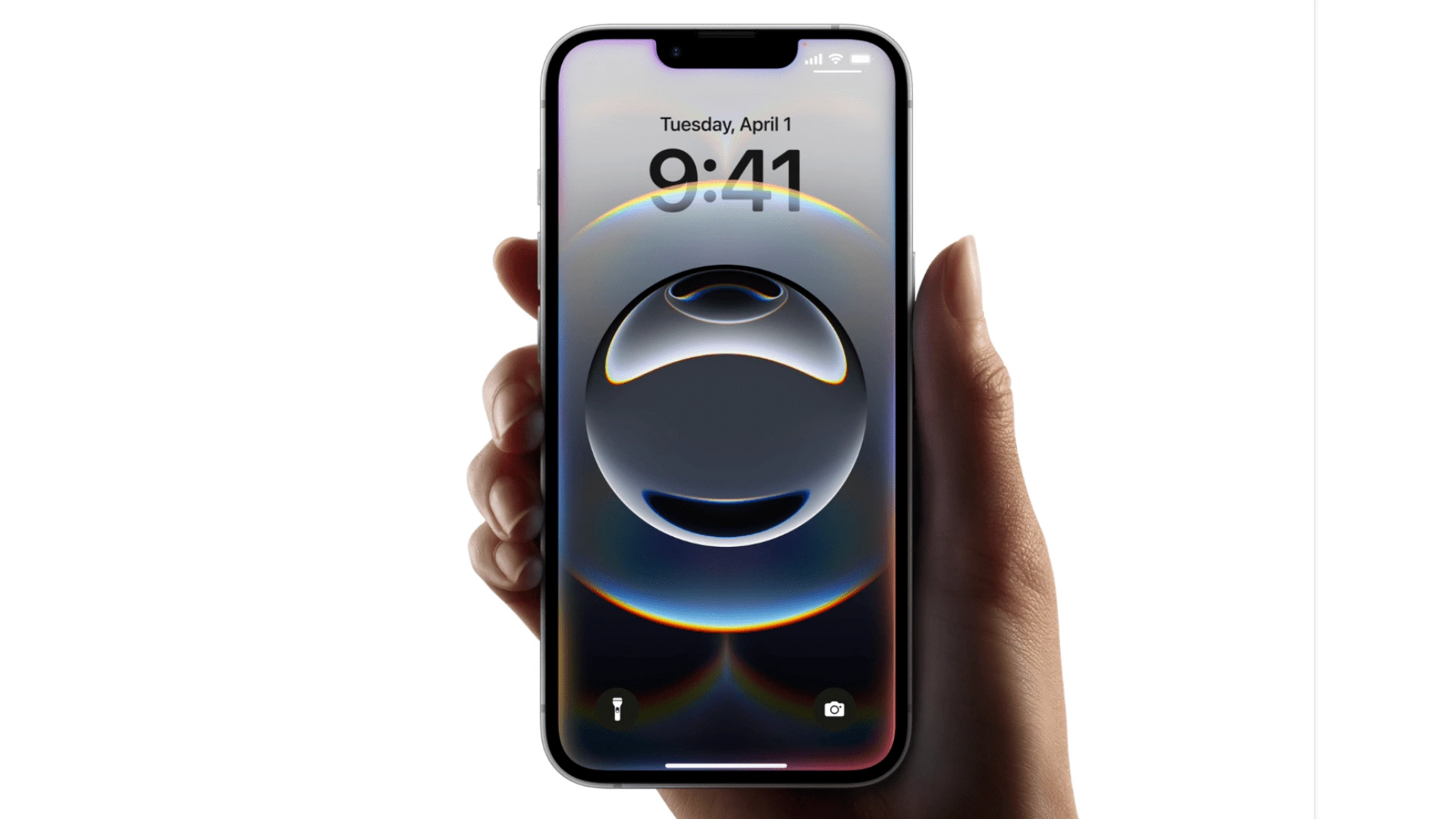
Connectivity and Price
Connectivity is another crucial aspect, especially with the increasing rollout of 5G networks. The iPhone 16 supports mmWave 5G, offering faster speeds and improved performance on compatible networks. The iPhone 16e, while equipped for lower and mid-band 5G networks, won’t

